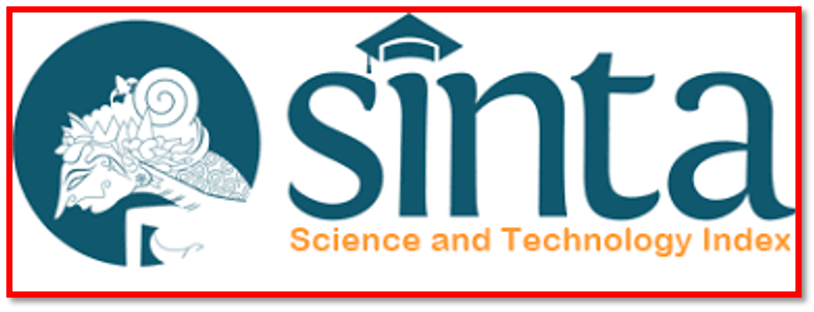EVALUASI KETEPATAN PEMILIHAN MEDIA PEMBELAJARAN JARAK JAUH DI MASA PANDEMI COVID-19
Abstract
Keywords: Evaluation, Accuracy of Distance Learning Media Selection
Full Text:
PDF (Bahasa Indonesia)References
Arikunto, S. Dasar-Dasar Evaluasi Pendidikan. Bumi Aksara. (1999).
Dale, Edgar. Audiovisual Methods in Teaching. (1969).
Hamalik, O. Proses Belajar Mengajar. Bumi Aksara. (2004).
Mansur, H. H., & Utama, A. H. Challenges and Commitments to Implementation of Full-Day School in Banjarmasin. In International Conference on Education Technology (ICoET 2019). Atlantis Press. (2019, December).
Mansur, H. H., Utama, A. H., & Mastur, M. Pengembangan Media Pembelajaran Berbasis Komputer (PBK) Menggunakan Aplikasi Prezi. In Prosiding Seminar Nasional Lingkungan Lahan Basah (Vol. 4, No. 3, pp. 566-569). (2019, December).
Mansur, H., & Utama, A. H. Pemanfaatan Desain Media Ajar Interaktif Dengan Program Microsoft Power Point dan iSpring di Fakultas Keguruan dan Ilmu Pendidikan (FKIP) Universitas Lambung Mangkurat. (2017).
Mansur, H., Utama, A. H., MASTUR, M., & Rafiudin, R. Pemanfaatan Desain Media Ajar Interaktif Dengan Program Microsoft Power Point dan iSpring di Fakultas Keguruan dan Ilmu Pendidikan (FKIP) Universitas Lambung Mangkurat. (2017).
Molenda, H. R., & James, D. R. Instructional Media and The New Technology of Instruction. Canada: John Wiley & Son. (1982).
Richey, R. C. Reflections on the 2008 AECT Definitions of the Field. (2008).
Sadiman, A. S. Educational Media, Understanding, Development and Utilization. (2014).
Sudjana, N., & Rivai, A. Teknologi Pengajaran. Bandung: Sinar Baru Algensindo. (2007).
Susilana, R., & Riyana, C. Media Pembelajaran: Hakikat. Pengembangan, Pemanfaatan dan Penilaian. Bandung. (2009).
Wijayanti, S., & Sungkono, J. Pengembangan Perangkat Pembelajaran mengacu Model Creative Problem Solving berbasis Somatic, Auditory, Visualization, Intellectually. Al-Jabar: Jurnal Pendidikan Matematika, 8(2), 101-110. (2017).
Refbacks
- There are currently no refbacks.




3.png)








